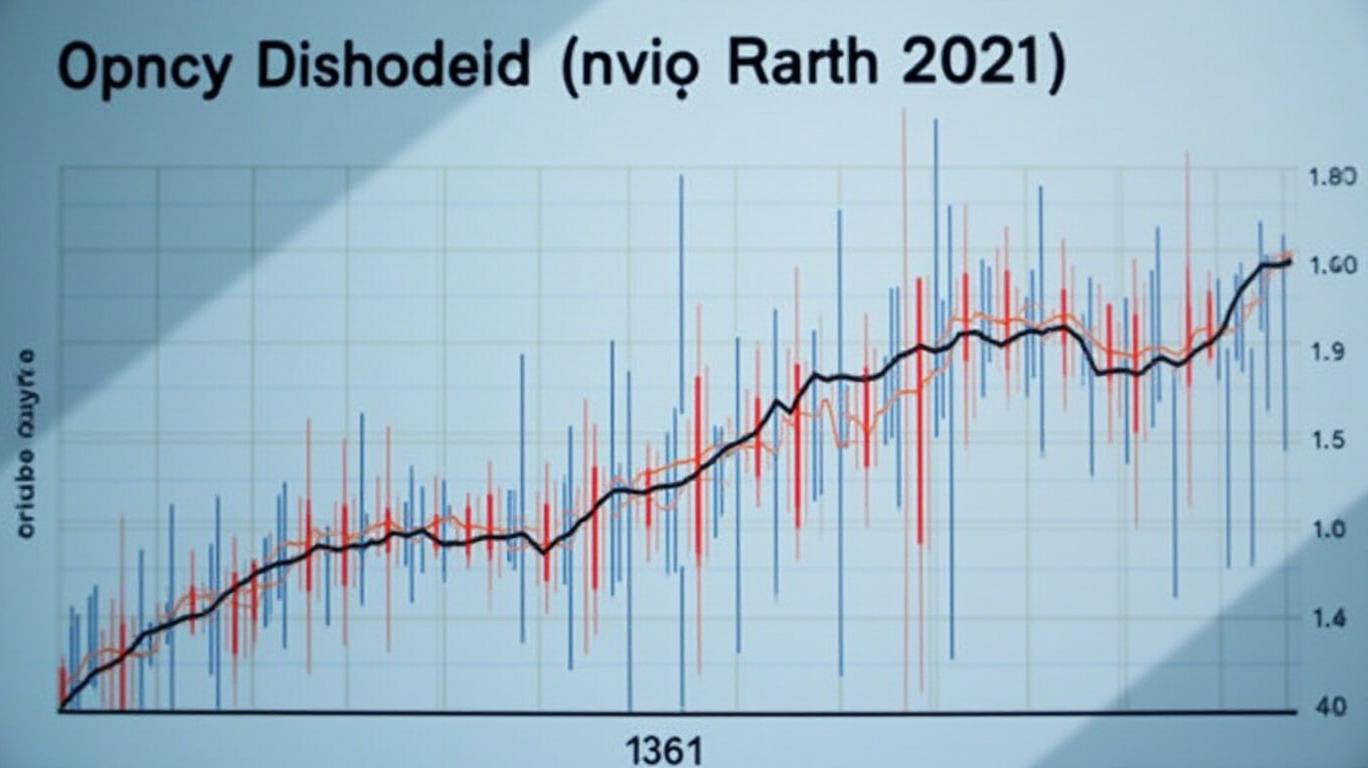Brompton Split Corp. Class A Share ETF Announces Steady 12% Dividend Stream for 2025
The Brompton Split Corp. Class A Share ETF (CLSA) has emerged as a bold player in Canada’s income-focused ETF space, recently declaring its dividend distribution schedule for 2025. With a target annual yield of 12%, this high-yield ETF aims to deliver monthly payouts of CAD $0.10 per unit—a move that could attract income-seeking investors despite its elevated risk profile. Let’s break down what makes CLSA tick, its tax implications, and whether its returns justify the risks.

The Dividend Playbook
CLSA’s monthly distribution of CAD $0.10 aligns with its stated 12% annual target, assuming the payout remains consistent throughout the year. For investors, this means a steady stream of income—though it’s critical to note that the distribution is structured as a return of capital for tax purposes, at least initially. The first quarter of 2025 saw distributions paid in April, May, and June, with payment dates following record dates by about two weeks (e.g., April’s record date was April 30, with payment on May 14).
But here’s the catch: tax treatment isn’t finalized until the following year. While April’s distribution was entirely classified as a return of capital (reducing the adjusted cost base), subsequent distributions may include other components like dividends or capital gains. Investors should consult their T3 slips post-2025 to adjust their ACB calculations accurately.
Tax Considerations: A Double-Edged Sword
The ETF’s tax efficiency hinges on its structure. By returning capital upfront, CLSA avoids immediate tax liabilities on distributions, which is a boon for taxable accounts. However, this also means the adjusted cost base (ACB) decreases over time, potentially increasing capital gains taxes if units are sold at a higher price later. For example, if an investor buys 100 units at CAD $10 each (ACB = $1,000), and receives four monthly distributions of $0.10 (totaling $40), their ACB drops to $960—amplifying gains (or losses) upon sale.
Who’s Behind the Wheel?
CLSA is managed by Laura Lau (CFA) and Michael Clare (CFA), a duo overseeing over $3 billion in assets. Lau’s expertise in covered call strategies and Clare’s focus on low-volatility equities and sector-specific picks (like tech and healthcare) suggest a deliberate approach to balancing income and capital preservation. The ETF’s 0.60% management fee is notably low for an actively managed fund, especially compared to the 1%+ fees common in the ETF space.
Portfolio Construction: Split-Share Corporations Explained
CLSA invests in Class A shares of Canadian split-corporations, such as BK, DF, and DGS. These structures split equity into two tranches: Class A shareholders receive dividends and capital appreciation, while Class B shareholders get priority in liquidation but no dividends. This bifurcation allows CLSA to capture higher dividend yields, but it also exposes investors to equity volatility.
Performance Under the Microscope
Since its March 21, 2025 launch, CLSA has seen a -3.22% year-to-date return, with average trading volume around 6,094 units. This underperformance relative to the broader market (the S&P TSX Composite rose ~2.5% YTD as of April 2025) underscores the risks of its high-yield strategy. Split-share structures can amplify losses during market downturns, as both income and capital appreciation streams face pressure.
The Risk Factor: High Volatility, High Reward?
Brompton Funds rates CLSA as “high risk”, a classification that’s hard to dispute. Split-share corporations inherently carry more volatility than traditional equities, and the ETF’s focus on monthly distributions—regardless of market conditions—could lead to unsustainable payouts if underlying assets underperform. Investors should monitor the net asset value (NAV) closely; if the NAV drops significantly, the return-of-capital strategy might eat into principal faster than expected.
Final Analysis: Is CLSA Worth the Gamble?
For income-focused investors with a high-risk tolerance, CLSA offers a compelling opportunity to lock in a 12% yield in a low-interest-rate environment. The low fee structure and seasoned management team are definite pluses. However, the -3.22% YTD return and split-share volatility mean this ETF isn’t for the faint of heart.
Prospective investors should:
1. Diversify: Allocate a small portion of a high-risk portfolio to CLSA.
2. Monitor NAV: Track whether the underlying assets support the 12% distribution target.
3. Understand Tax Implications: Work with a tax advisor to manage ACB adjustments.
In conclusion, Brompton Split Corp. CLSA ETF is a high-octane choice for those chasing yield, but its risks demand careful consideration. While the monthly distributions are enticing, the path to 12% isn’t without potholes—especially in a volatile market. Proceed with eyes wide open.










